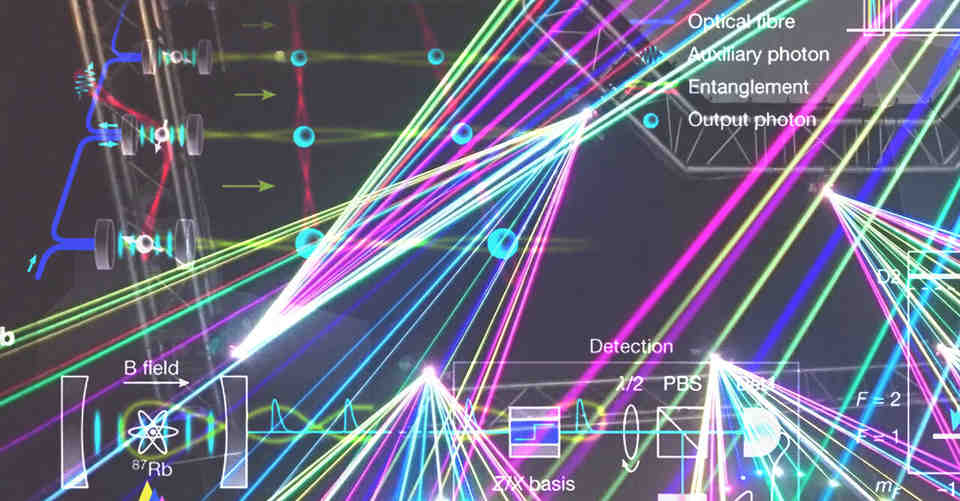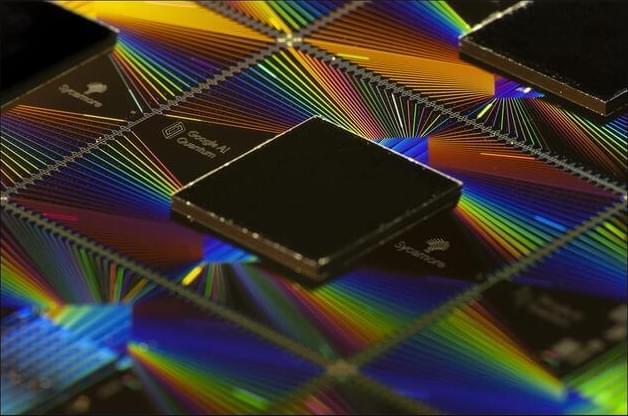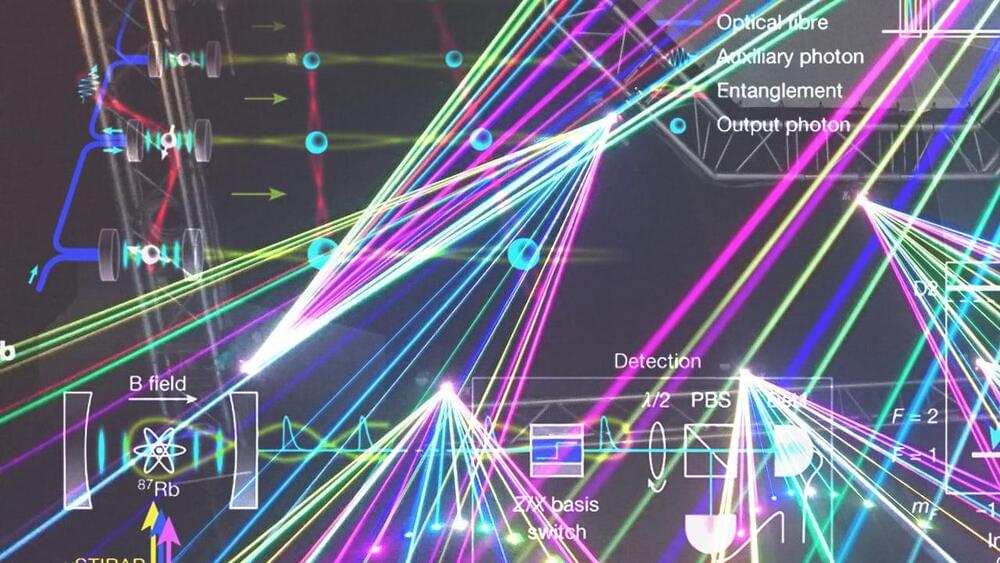Researchers have discovered a new method for correcting errors in the calculations of quantum computers, potentially clearing a major obstacle to a powerful new realm of computing.
In conventional computers, fixing errors is a well-developed field. Every cellphone requires checks and fixes to send and receive data over messy airwaves. Quantum computers offer enormous potential to solve certain complex problems that are impossible for conventional computers, but this power depends on harnessing extremely fleeting behaviors of subatomic particles. These computing behaviors are so ephemeral that even looking in on them to check for errors can cause the whole system to collapse.
In a paper outlining a new theory for error correction, published Aug. 9 in Nature Communications, an interdisciplinary team led by Jeff Thompson, an associate professor of electrical and computer engineering at Princeton, and collaborators Yue Wu and Shruti Puri at Yale University and Shimon Kolkowitz at the University of Wisconsin-Madison, showed that they could dramatically improve a quantum computer’s tolerance for faults, and reduce the amount of redundant information needed to isolate and fix errors. The new technique increases the acceptable error rate four-fold, from 1% to 4%, which is practical for quantum computers currently in development.









